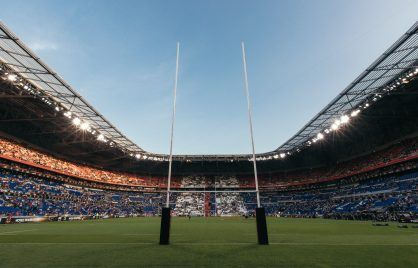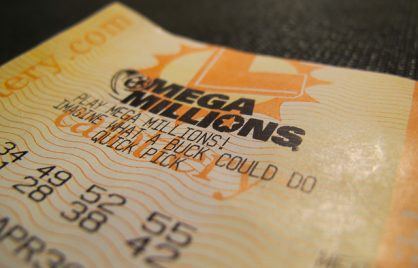Everything You Need To Know About Keirin, Japan’s Billion-Dollar Cycling Races
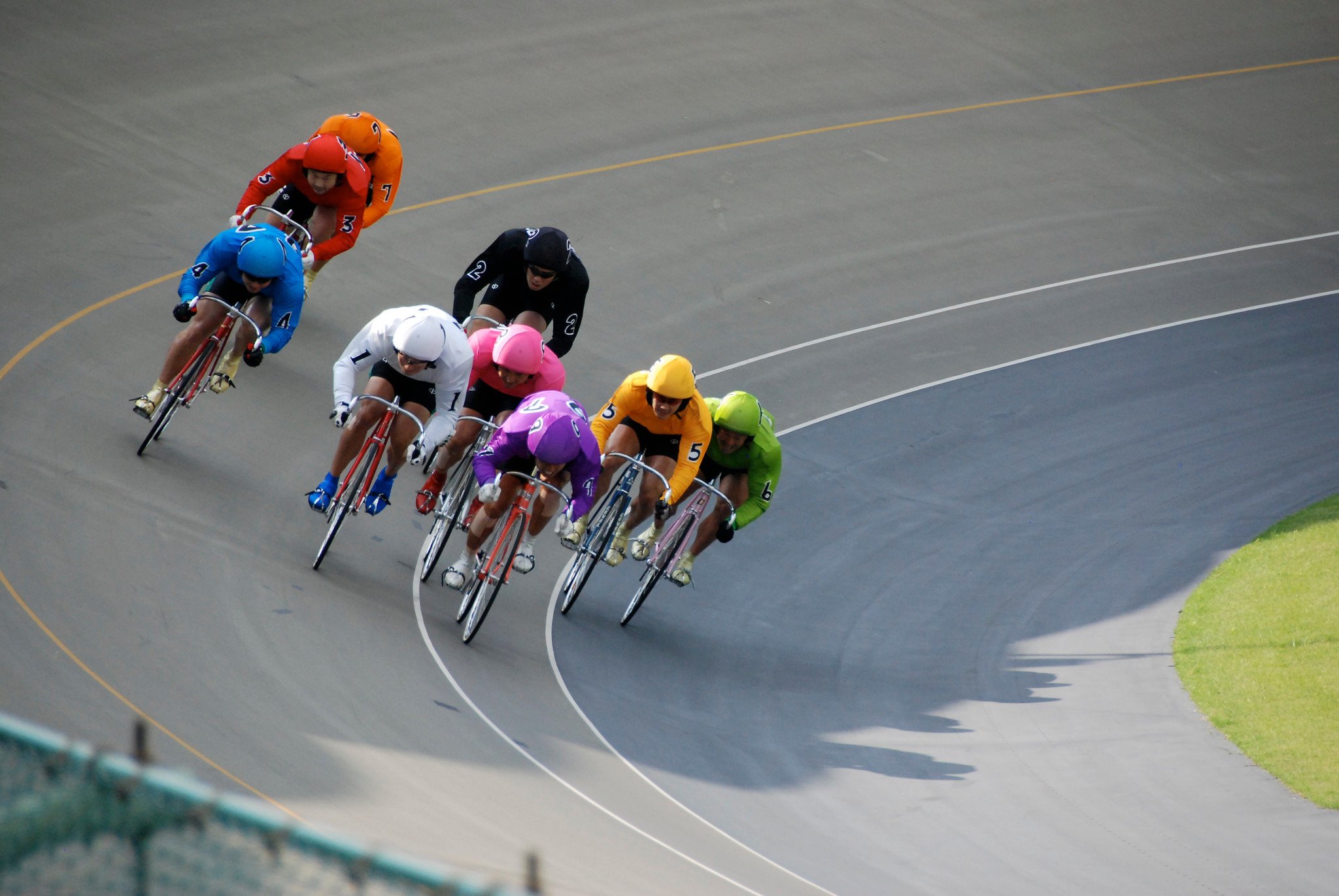
The sight of nine cyclists zipping around a nearly empty velodrome in bright-colored jerseys and large, matching helmets is a strange one.
It becomes even stranger when you see the bikes they are riding. Clunky, metal machines that look like they were designed in the 1960s.
Add to this wagers worth thousands of dollars and you have keirin, a Japanese sport that has become a massive part of the country’s gambling culture.
But why has such a specific sort of bicycle racing become so popular in Japan?
And why, of all the country’s famous sports, is betting allowed on keirin?
The answer to these questions is found in the sport’s 70-year history. One that begins in a post-World War Two Japan.
Why Gambling On Keirin Is Legal
In Japan, betting on nearly all sports is illegal. This means there can be no wagers placed on popular sports like sumo and baseball.
However, keirin has always been exempt from this law, with betting being allowed since the first ever keirin event was held at the Kokura velodrome in 1948.
This exception was made because Japan needed money to rebuild the country after the end of World War Two.
So, since the very first race, a proportion of all bets placed on keirin were set aside to fund this rebuilding process.
The plan worked and the rebuilding of Japan finished decades ago. However, gambling on keirin has continued, with the sport’s gambling industry worth an estimated $10 billion.
Today, keirin remains one of only five Japanese sports that allows legal wagering and a large amount of the money it makes is still used by the state to fund public services and build infrastructure.
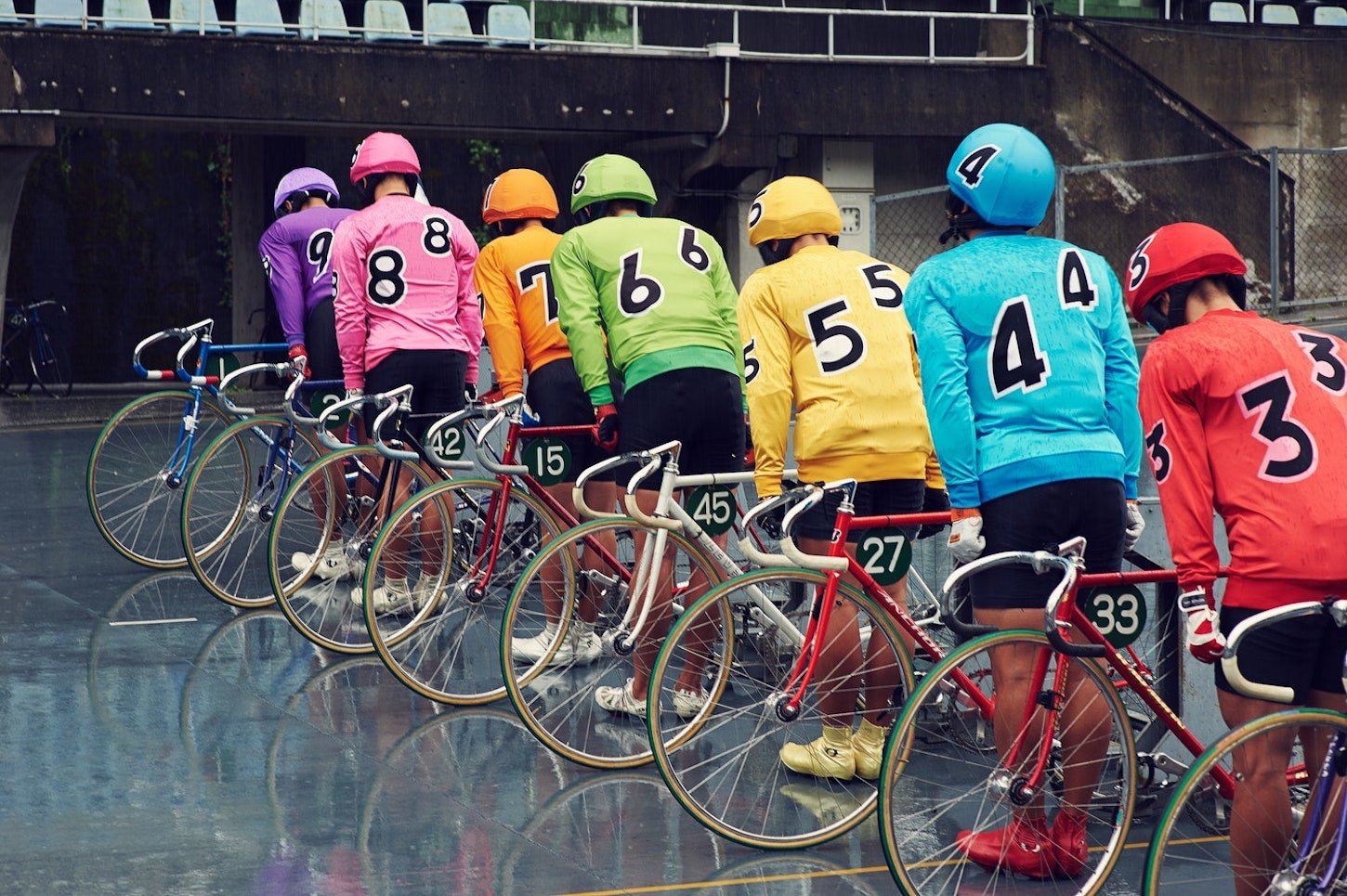
While keirin races take place all year round, the highlight of the racing calendar is an event called the Grand Prix. This is an annual race where the top nine rated riders battle it out to be crowned the top rider in the country.
Aside from being the top of the sport for riders, the Grand Prix also attracts an incredible number of bets. More money is bet on this one event than throughout the whole British horse racing season.
Betting on keirin is very simple. Just like betting on any race, you can attempt to select outright winners, top three finishers and so on.
There are, however, special bets like Dokanto! 7. This wager involves selecting the outright winner of each of the last seven races of the day.
Due to the long odds, prizes for this type of bet are huge. If no one wins the bet the prize will often roll onto the next event.
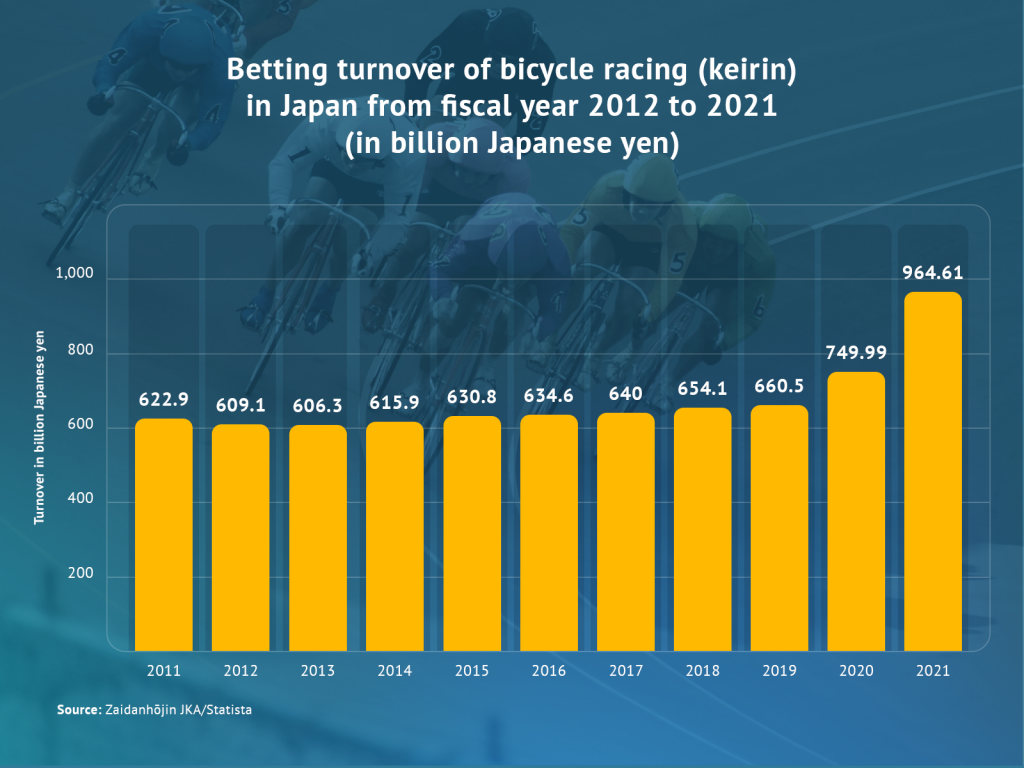
As you can see from the graph above, the amount of money being gambled on keirin races grew steadily every year from 2013-2019.
These figures include all bets, even those placed over the telephone or in off-track settings, like private ticket offices.
2020 and 2021 saw large increases in total betting turnover with the amount leaping by over ¥200 billion (approximately $1.35 billion) to reach a total of ¥964.61 billion in 2021 alone.
This would suggest that the popularity of keirin is growing.
However, only looking at total betting turnover hides some other interesting trends that have been occurring in the keirin betting market over recent years.
For example, the graph below shows that in 2021 ¥728.6 billion of the total betting turnover came through online channel betting.
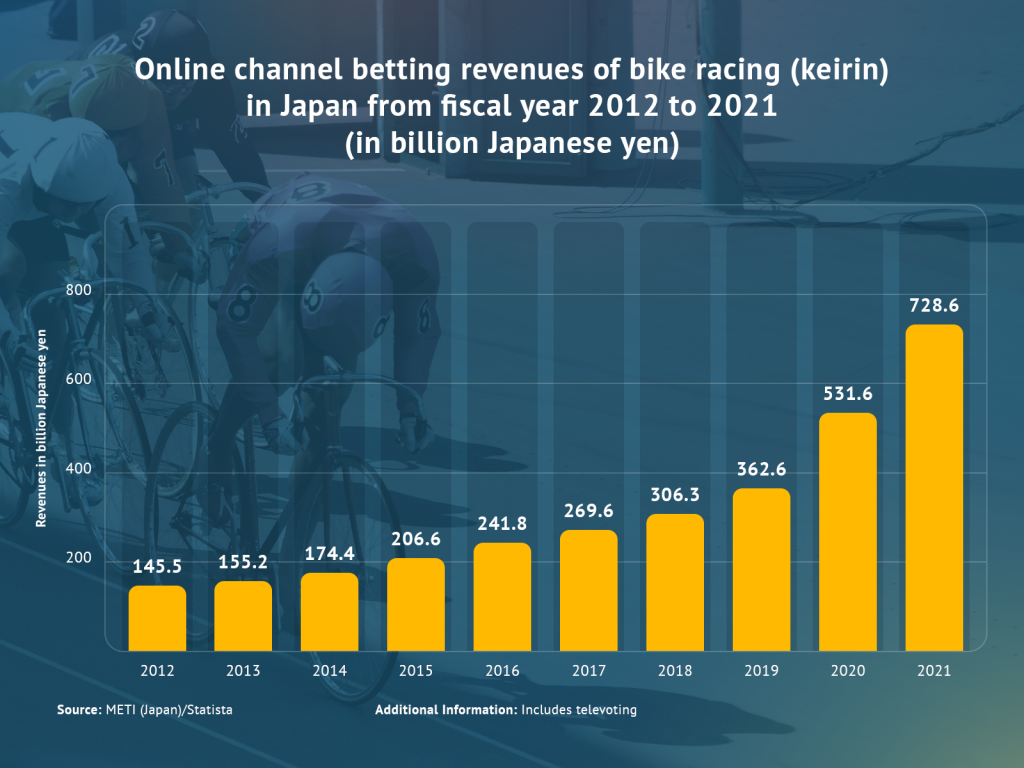
The fact that online betting makes up a huge proportion of wagers is surprising because the majority of keirin fans and bettors are elderly individuals. A population who traditionally prefer to bet in-person.
Of course, one reason for increases in online betting during these years was the Coronavirus Pandemic.
Throughout the pandemic numerous keirin races were held without spectators present, meaning that one of the only ways to wager on races would have been via online channels.
Our third and final graph below demonstrates that the rise in online betting has been met with a steady drop in at-track betting. Only ¥12.3 billion was wagered at tracks throughout the 2021 season.
While this is a slight increase from the previous year, the overall picture is one of decline.
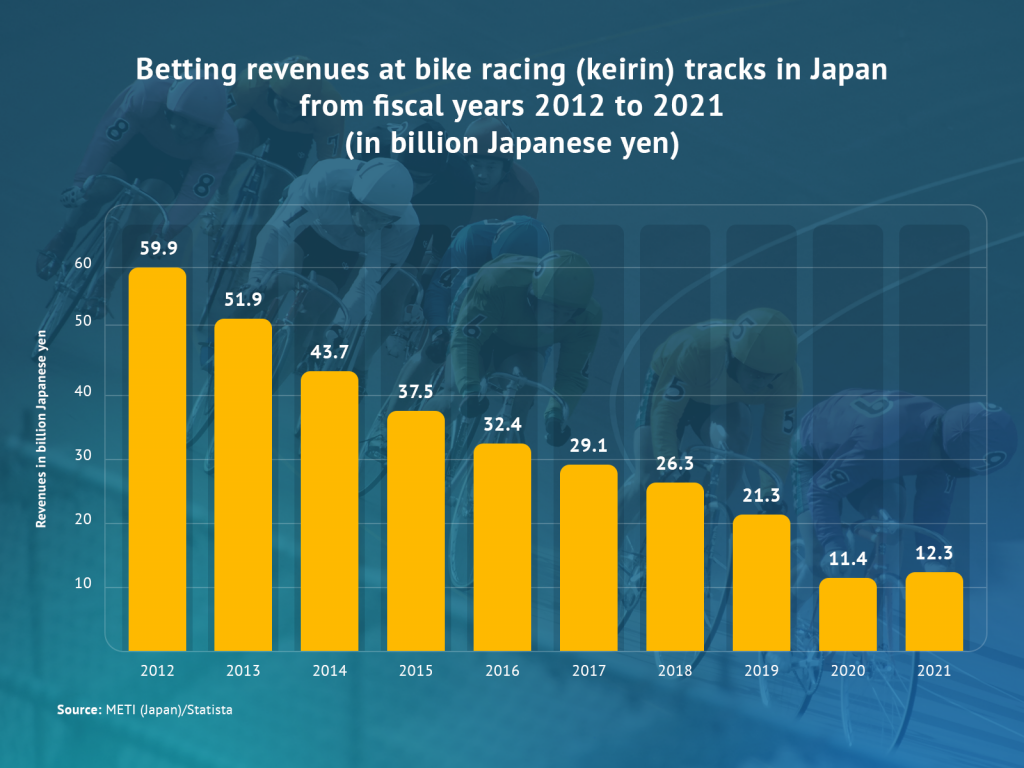
This drop in at-track betting has happened at a time when race attendances are falling.
During 2021, a total of approximately 1.36 million people went to watch keirin live at the track. Much less than the 4.69 million that attended in 2012.
The fact that total betting turnover has increased while fewer people visit the velodromes would suggest that those who used to bet at the track are now betting online.
This might be because many bettors learnt that it was easier and safer to bet this way during the pandemic.
However, it might also be because of the poor reputation keirin has in Japanese culture, where it is often associated with seedy bettors.
Some tourists even report that the sport’s reputation is so bad hotel staff will not give them directions to the nearest velodrome.
So, it’s not difficult to understand why some people would prefer to place wagers from the privacy of their own home.
How Keirin Works
The rules of keirin have remained pretty much unchanged since the very first race in 1948.
The distance of the races depends on the riders’ gender and rank.
They range from 1,600 meters for the women and the lowest ranked men, all the way up to 2,800 meters for the annual Grand Prix.
Riders begin the race behind a pacer who starts at 16mph before gradually increasing their speed to 30mph. The pacer pulls off with around 650-760 yards left of the race, leaving the riders to sprint to the finish.
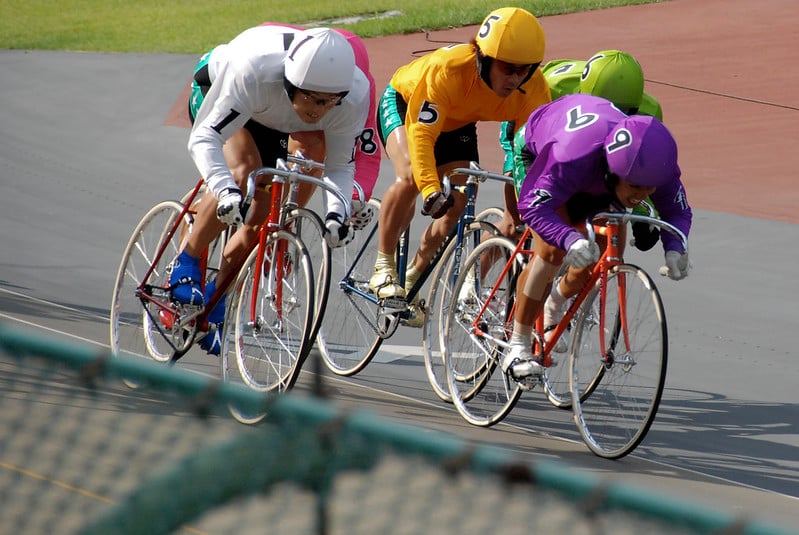
Before each race riders must declare which of the three tactics they will use to try to win.
Senko, which means riding on the front for nearly the whole sprint. Makuri, where riders will attack with a lap or less to go. Or oikomi, a tactic where riders make a sprint during the final 100 meters.
The keirin includes multiple races and can last several days. During this entire time all competitors are kept under strict control to reduce the risk of match fixing.
This includes riders not having access to their phones, not being allowed out unless it is to race and all sleeping together in large dormitories.
During the race riders are forbidden to look at the crowd for fear that this might be used to send messages to bettors.
While these controls may seem extreme, they were introduced because the early years of keirin were surrounded by fixing scandals and the supposed involvement of the yakuza, Japan’s biggest criminal organization.
Aside from controlling riders, officials also have strict rules about what equipment can be used. This is to make sure all riders have an equal chance of winning.
The Nihon Jitensha Shinkōkai (Japan Bicycle Association) makes sure all bikes are made with approved products, including a chromoly steel frame which can only be made by a handful of licensed craftsmen.
The bikes look very similar to those made in the 1960s, with no brakes and only a single gear.
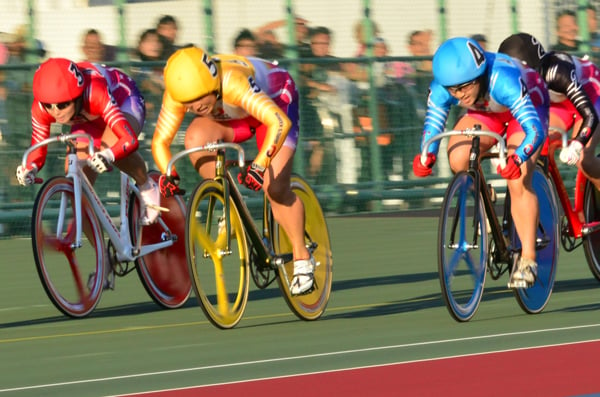
The only keirin races exempt from tight equipment controls are the women’s races.
Women were allowed to race again in 2012 after the sport was banned in 1964. In these races athletes can use modern, carbon fiber bikes.
What’s The Deal With Keirin School?
To become a professional keirin rider, every person must graduate from The Japan Keirin School in Izu.
The school is notoriously difficult to get into, with only 10% of applicants being accepted. There are usually between 90 and 100 students at the school.
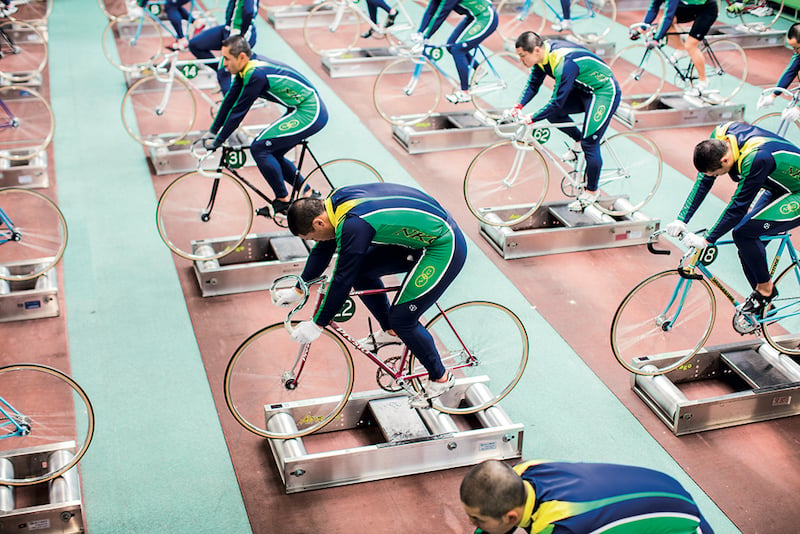
Those that are accepted spend 11 months of the year living in communal dormitories, eating in canteens and training six days per week.
Every minute of the day is structured: the day starts at 6:30am and includes an early morning run. Training, like hill sprints and weight sessions, continues throughout the morning.
Usually, students have classes in the afternoon where they learn all about the history, rules and tactics of keirin. They must also learn how to build and deconstruct their own bikes.
Lights out is at 10pm.
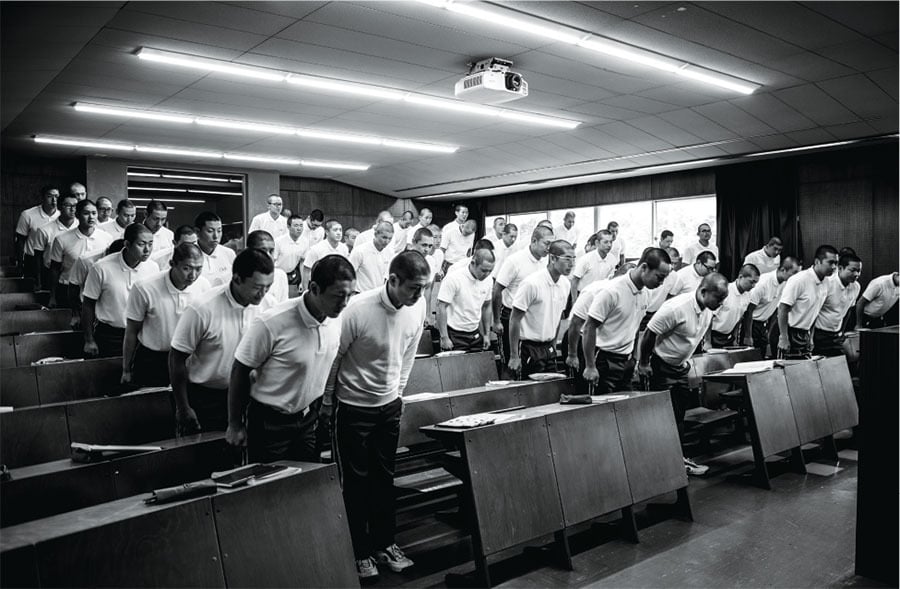
While most full-time students are Japanese nationals aged between 18-23, every year some foreign riders are invited to race the Japanese keirin season.
These foreign riders, which have included cycling legends such as Sir Chris Hoy, have to complete a two-week course at the school before competing.
For full-time students, graduating from keirin school provides them with an opportunity to earn a fantastic living for the rest of their lives.
This is because there is a lot of prize money on offer at keirin races. The average rider earned ¥11.07 million from prize money in 2021. An amount that is just under $80,000.
This is a lot more than the average salary in Japan, which is around ¥6.1 million.
The Pros Don’t Do The Olympics
In 2020 there were 2,350 registered athletes earning their living from professional bicycle racing events in Japan.
However, despite having a fantastic professional racing calendar, Japan has not performed well in international keirin competitions, especially at the Olympics.
In fact, since keirin was introduced to the Olympics – in Sydney 2000 for men and London 2012 for women – Japan has only won one medal, a bronze in 2008 thanks to Kiyofumi Nagai.
There are many differences between the races that are held in Japan’s professional circuit versus those in the Olympics.
Olympians can use modern equipment, including custom carbon bikes and tight-fitting skin suits, and there are fewer cyclists in each race. Contact, such as headbutting and shoulder barging, is not allowed.
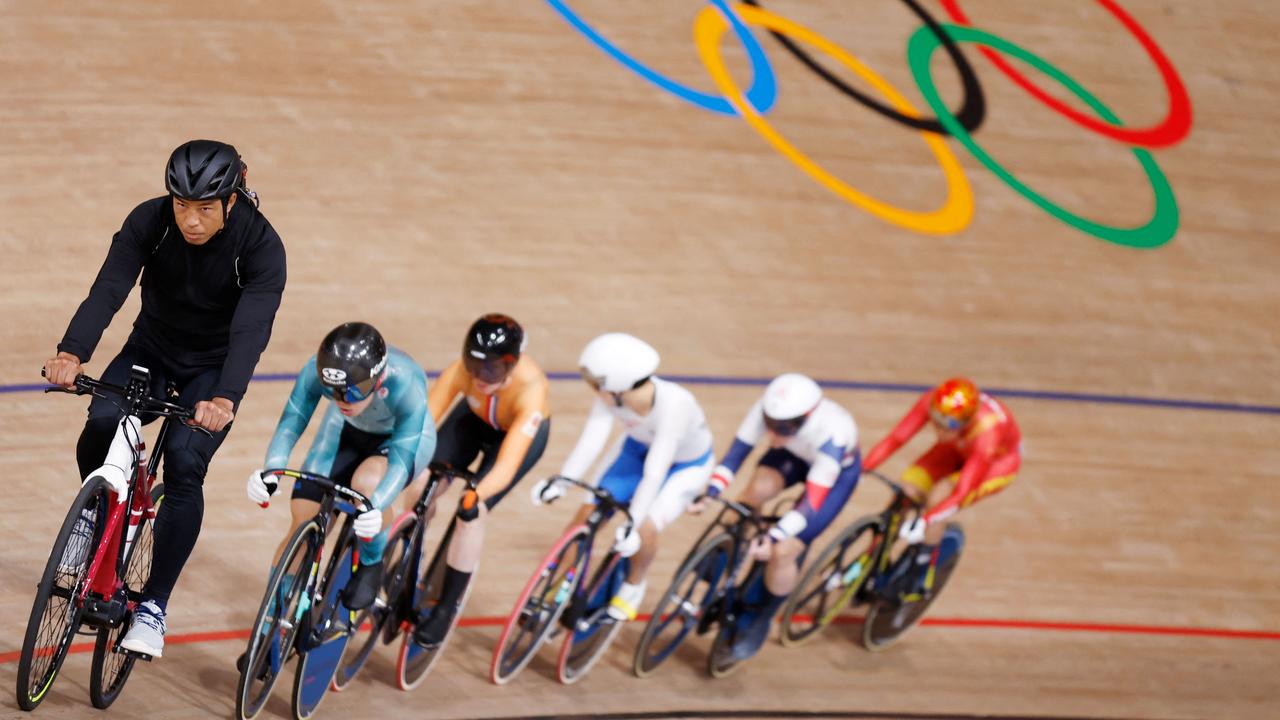
But the reasons for Japan’s lack of success in international competitions is not due to the differences.
Instead, it’s because the country’s best athletes do not enter international competitions.
They can earn so much more racing Japan’s professional calendar, so the Olympics are less appealing.
For example, the winner of the Grand Prix earns nearly $1 million in prize money.
On the other hand, those that race in the Olympics will have to live off government grants in the years leading up to the event.
What’s In Store For The Future?
Betting on Japanese keirin is going from strength-to-strength, and it looks like Japan’s 70-year tradition of wagering on keirin races will not end anytime soon.
However, what the future of the sport will look like remains a mystery.
Many hope that the re-introduction of the women’s sport and the high-performance technology they use will modernize keirin and attract new, younger audiences to the sport.
Still, it wouldn’t surprise us if you will still be able to see nine, brightly-colored cyclists flying around a velodrome on old metal bikes, 70 years from now.
Lead image: Paul Keller/Flickr
